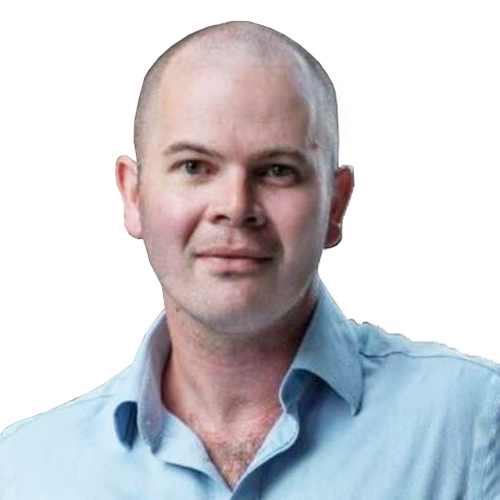KEY POINTS:
Emergency Ambulance services are so stretched that patient safety is in danger, according to a damning report to Government by 111 paramedic service, St John.
The report states nearly one in five 111 responses fails to meet minimum standards, a crisis which St John says could be fixed
for $5 million a year.
It comes just days after Parliament's health select committee announced an inquiry into ambulance services, as Health Minister Pete Hodgson continues to play down problems with the service.
St John's greatest concern was being forced to staff many ambulances with just one ambulance officer.
The voluntary Ambulance Standard requires a minimum of two crew, yet more than 50,000 emergency calls last year were attended by a paramedic who also drove the ambulance.
Hodgson said there was no need to send double-crews to every 111 call and that doing so would be "mismanagement of our health investment".
The St John report, obtained under the Official Information Act, states the organisation is struggling to provide "adequate or acceptable" services because of a lack of funding.
The problem is not isolated to remote rural regions, because "hotspots" identified by St John include Whangarei, Auckland International Airport, Mt Maunganui, Hamilton, Whakatane, Taupo, Cambridge, Wanganui, and Christchurch.
A quarter of all 111 calls fail to meet the voluntary Ambulance Standard covering minimum crewing and qualifications of staff, and three regions failed to meet emergency response time targets.
An estimated 400 staff are needed to plug the shortfall. St John chief executive Jaimes Wood said the service could start making progress on hiring and training those staff with an extra $5 million a year, increasing incrementally to $40 million a year by 2015 - a total of $180 million.
In most 111 callouts, Wood said single-crewing was an adequate response but the ambulance service needed to be prepared for the worst.
"You cannot presume that a single-crewed ambulance can do the trick. As an employer, I am having to ask my team to go single crewed when we don't know if you need two people.
"I would say that is unfair. I need to ensure they are fully crewed for two reasons: patient safety and personal safety," Wood said.
Hodgson defended the Government's spending on ambulances and expects to announce a 7 per cent increase in funding for St John when contract negotiations with the Ministry of Health are complete.
He said the Ministry of Health paid for an extra 67 fulltime staff in the past three years, and another $15 million had been spent on communication centres to deploy those resources.
Hodgson said New Zealand would never send double-crewed ambulances to every 111 call.
However, single crewing was "not ideal", admitted Sandy Dawson, chief clinical adviser for the Ministry of Health, but of those 50,000 sole-crewed callouts only 15 per cent were considered life-threatening.
Although 82 per cent of ambulances were double-crewed nationwide, Dawson could not give an unequivocal assurance two medics would always arrive in a life-and-death situation, especially in rural areas.
Frontline ambulance officers have guardedly welcomed the select committee investigation, which they hope will shed some light on their plight, as reported by the Herald on Sunday over the past six months.
Patients have died as a result of single-crewed ambulances, say paramedics, who won't be named for fear of losing their jobs.
One ambulance officer said failure to have back-up almost cost a patient her life. He recalled trying to carry a 80-year-old woman who was dying from a heart attack into the ambulance by himself.
"There was a jogger running by who grabbed the other end of the stretcher. I was 'shit' scared but if you waited for back-up, she'd be dead."
